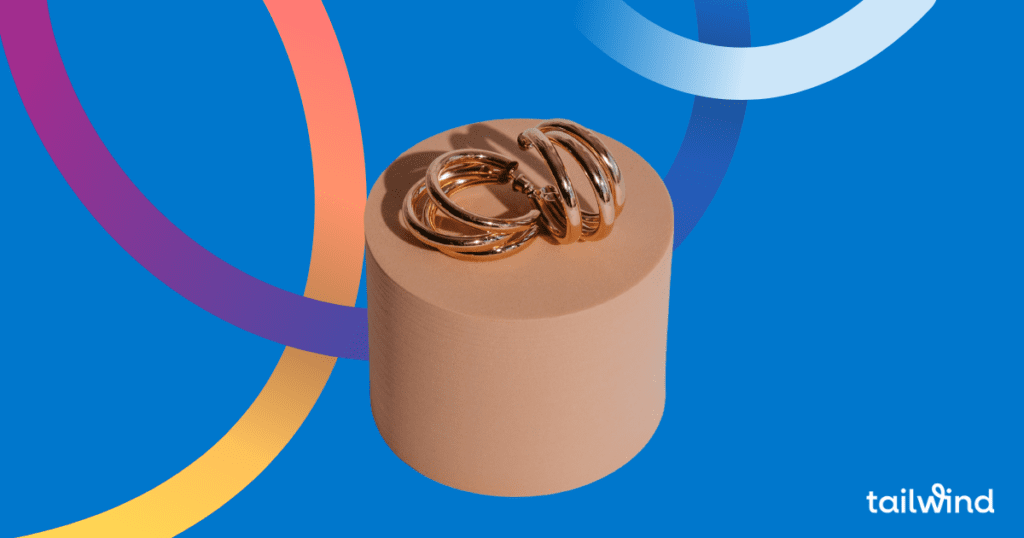
The global jewelry market has been growing steadily, and ecommerce is playing a big role in this growth.
In fact, the online share of the jewelry market is expected to continue increasing over the next few years.
Understanding ecommerce trends is crucial for businesses in the jewelry sector. By staying up-to-date with the latest market growth and segmentation data, you can make informed decisions about your online sales strategy.
Overview of The Jewelry Market
The compound annual growth rate (CAGR) of the global jewelry market is projected to be around 5% from 2021 to 2028.
This growth is being driven by a number of factors, including increasing disposable income and changing consumer preferences.
In terms of market segmentation, North America is currently the largest market for jewelry ecommerce, followed by Europe, APAC, and South America. However, the APAC region is expected to see the highest growth in the coming years.
Want to expand your market internationally? Read more about how Australian jewelry store Vermilion got sales in the US and UK with Tailwind Ads.
Overall, the jewelry ecommerce market is a dynamic and growing sector. By understanding the latest trends and market data, you can position your business for success in this exciting industry.
Rise of Personalization and Customization
Personalization and customization have become increasingly popular in the jewelry industry, with ecommerce platforms offering various options to cater to individual preferences.
The impact of customization on consumer preferences and sales has been significant, with consumers willing to pay more for customized jewelry that reflects their unique style and personality.
Some ecommerce platforms offer a range of customization options, including engraving, selecting gemstones, changing metal types, and more.
Personalization and customization have also given rise to a growing demand for authenticity in the jewelry industry.
Consumers are now looking for unique and authentic pieces that reflect their individuality rather than mass-produced items.
With the ability to create unique and one-of-a-kind pieces, consumers are now more invested in the jewelry they purchase, resulting in increased sales for ecommerce platforms and a demand for a more personalized shopping experience.
Integration of Augmented Reality (AR)
AR allows customers to virtually try on jewelry before making a purchase, providing a more interactive and engaging shopping experience.
By using AR, customers can visualize how a piece of jewelry will look on them without having to physically try it on.
This technology has proven to be particularly useful for items like rings, where customers can see how the jewelry will fit on their finger.
The integration of AR in jewelry ecommerce has also led to an increase in user-generated content.
Customers who have tried on jewelry using AR can share their experiences on social media, providing valuable feedback to other potential customers. This user-generated content has been shown to increase conversion rates, as it provides valuable UGC social proof.
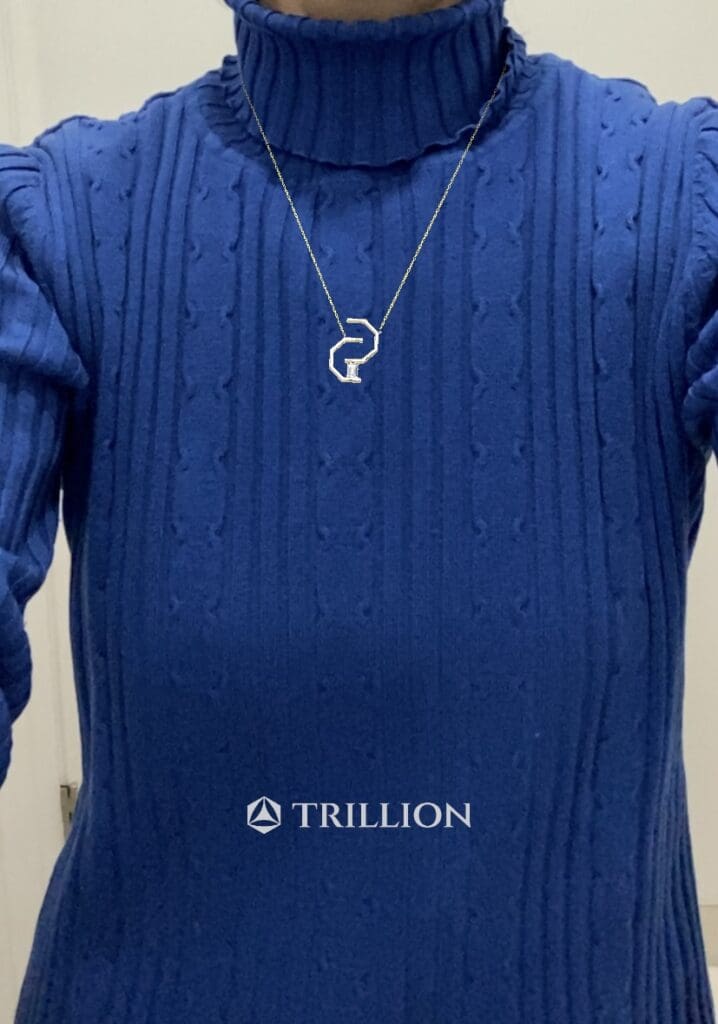
Sustainability and Ethical Sourcing
As consumers continue to be more environmentally conscious, the demand for ethically sourced and sustainable jewelry is on the rise.
Ecommerce brands are responding to this trend by offering products that are not only beautiful but also responsibly sourced.
Ethical sourcing of these materials is essential to ensure that they are not obtained through exploitative or harmful practices. Ecommerce brands are working towards sourcing their materials from responsible suppliers who adhere to ethical and sustainable standards.
See how two jewelry stores — one on an Etsy About page and one on Instagram — describe their sourcing practices below.


One of the ways brands are ensuring ethical sourcing is by providing authenticity certificates with their products. This helps consumers know that the materials used in their jewelry are genuine and ethically sourced.
Consumers are also willing to pay a premium for sustainable and ethically-sourced jewelry, thanks to their disposable income and changing lifestyles.
Online stores are taking advantage of this trend by offering a wide range of products that cater to this growing market.
Influence of Social Media Marketing
Social media has also become an essential part of the customer journey, with consumers using social media to research, discover, and purchase jewelry products.
One of the key ways that jewelry brands have used social media is through user-generated content.
By encouraging customers to share photos of themselves wearing their jewelry, brands can create a sense of community and build brand loyalty.
User-generated content also provides social proof, as customers are more likely to trust the opinions of their peers over traditional advertising.
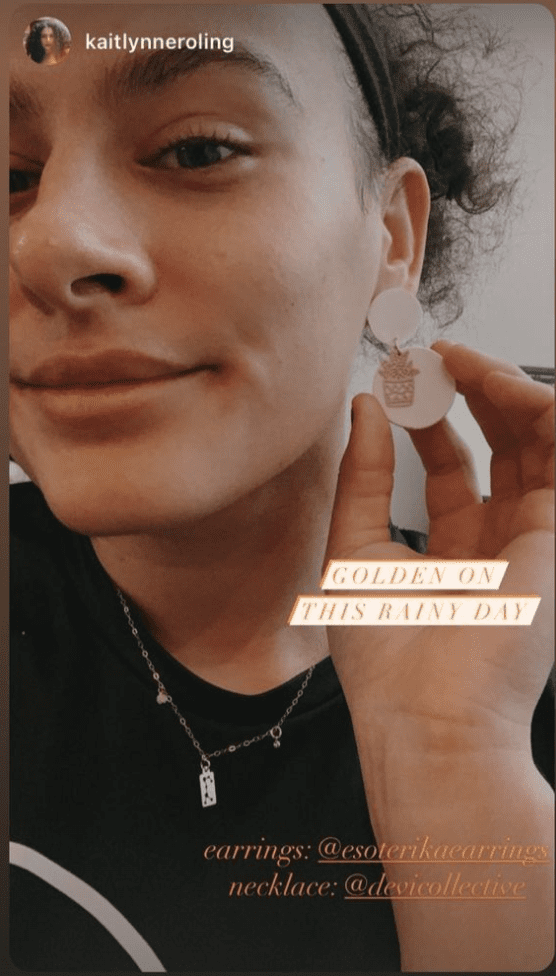
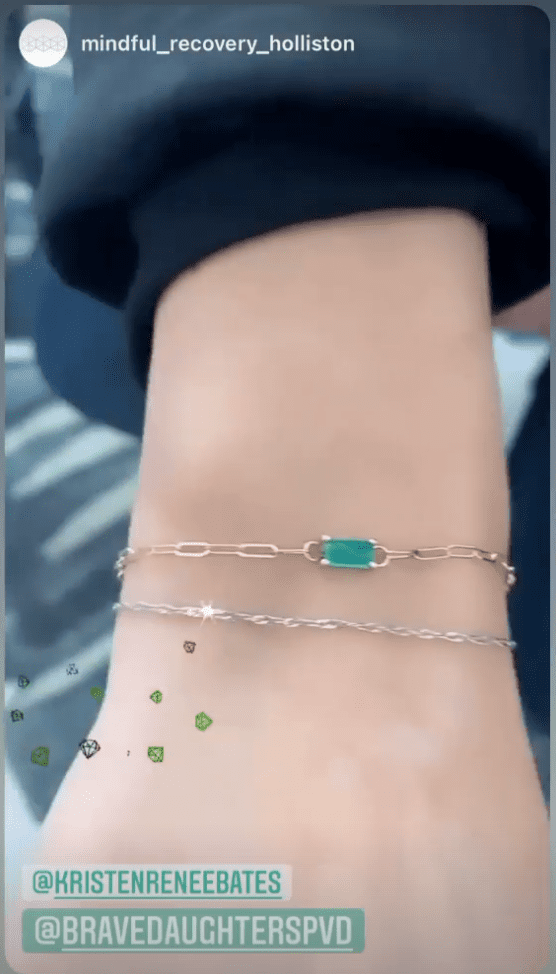
Shift Towards Omnichannel Retailing
Customers are looking for a seamless shopping experience where they can browse and purchase jewelry both online and in brick-and-mortar stores.
Examples of omnichannel strategies in the jewelry industry include promotion of similar messaging across all platforms and marketing channels.
Customers see your brand for the first time on TikTok, then they are retargeted on Facebook, and then they get an ad on Youtube.
These strategies help to create a cohesive shopping experience for customers, regardless of whether they are shopping online or in-store.
Want to know more about Omnichannel Marketing? Check out this blog.
Emergence of AI and Machine Learning
AI and machine learning have the potential to revolutionize the way jewelry is sold online, from personalized recommendations to inventory management.
One application of AI in jewelry ecommerce is the use of personalized recommendations. By analyzing customer data, AI algorithms can recommend products that are likely to be of interest to each individual customer.
But not only that. With AI chats being the new craze, you can have a fully automated online sales representative that will be able to suggest the best items based on its discussion with a potential customer. Opportunities are limitless!
Data analysis is also a key area where AI and machine learning can be helpful. By analyzing customer data, retailers can gain insights into customer behavior and preferences, which can be used to improve the customer experience and increase sales.
Looking to the future, the potential for machine learning in jewelry ecommerce is vast. From CAD design to supply chain optimization, there are many areas where machine learning can be applied to improve efficiency and profitability.
AI-Generated Models & Images
AI-generated models are transforming ecommerce by offering a cost-effective and efficient alternative to traditional product photography.
AI can rapidly produce diverse and realistic images, allowing for a more inclusive and personalized shopping experience.
What in the past took several days (weeks?) to create now takes a couple of minutes. AI generators allow you to create product images as well as full-blown models that will wear those products!
You can create any variation, angle, or environment with just a couple of clicks. This will be a notable cost-saver while also allowing for a quicker GTM.
Importance of Mobile Commerce
Mobile commerce has become a crucial factor in the success of jewelry ecommerce businesses.
Statistics and trends related to mobile shopping for jewelry
According to a recent study, more than 60% of online purchases are made through mobile devices.
This trend is expected to continue to grow in the coming years. In the jewelry industry specifically, mobile commerce has seen significant growth, with more and more customers using their smartphones to browse and buy jewelry online.
Strategies to optimize jewelry ecommerce for mobile users
To stay competitive in the jewelry ecommerce market it is essential to optimize your website for mobile users. Here are some strategies to consider:
- Responsive design: Ensure that your website is designed to be responsive across all mobile devices. This means that your website should adjust to fit the screen size of the device that the customer is using.
- Simplify the checkout process: Make the checkout process as simple and streamlined as possible. This will help to reduce cart abandonment rates and increase the likelihood of customers completing their purchases.
- Use high-quality images: Since customers are viewing your products on a smaller screen, it is essential to use high-quality images that showcase your jewelry in the best possible light.
The mobile experiences from WonderMintGoods and StampsofLove are superb!
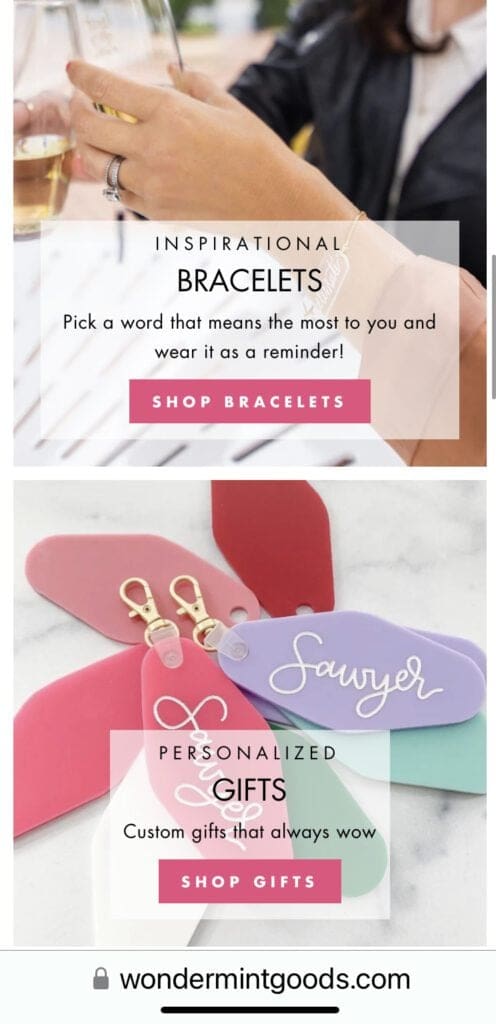
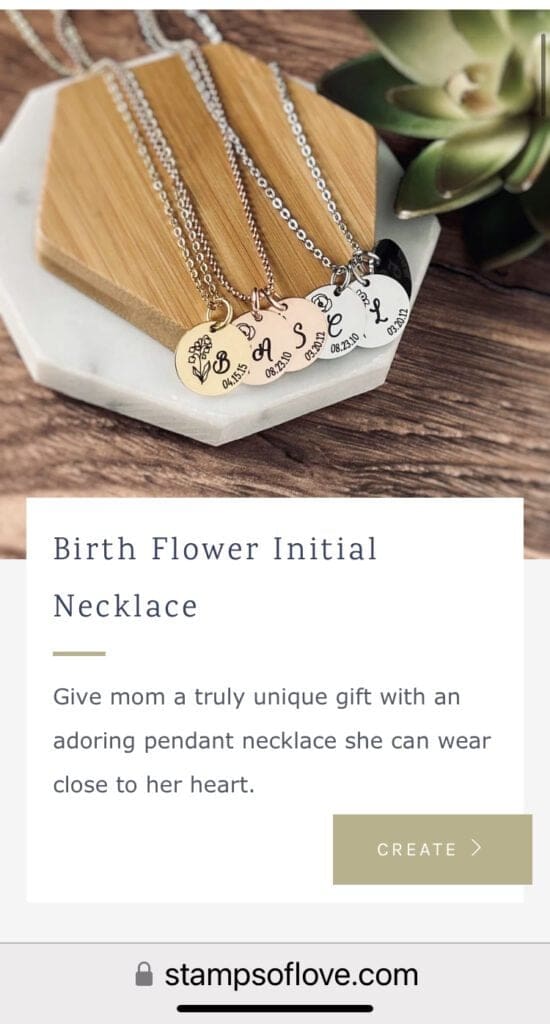
Challenges and Future Outlook
One of the main challenges is the increasing competition. Available technologies and platforms make it easy to enter the market.
This competition puts pressure on stores to differentiate themselves and stand out in the market.
Another challenge is the issue of trust. Consumers often hesitate to purchase high-value items such as jewelry online, as they want to ensure that they get a high-quality product.
Stores need to work hard to establish trust with their customers through transparent policies, high-quality product images, and detailed product descriptions.
Conclusion
While there are certainly challenges facing the jewelry ecommerce industry, there are also many exciting opportunities for growth and innovation in the future.
By staying ahead of trends and continuing to prioritize customer trust and satisfaction, jewelry ecommerce businesses can thrive in the years to come.





